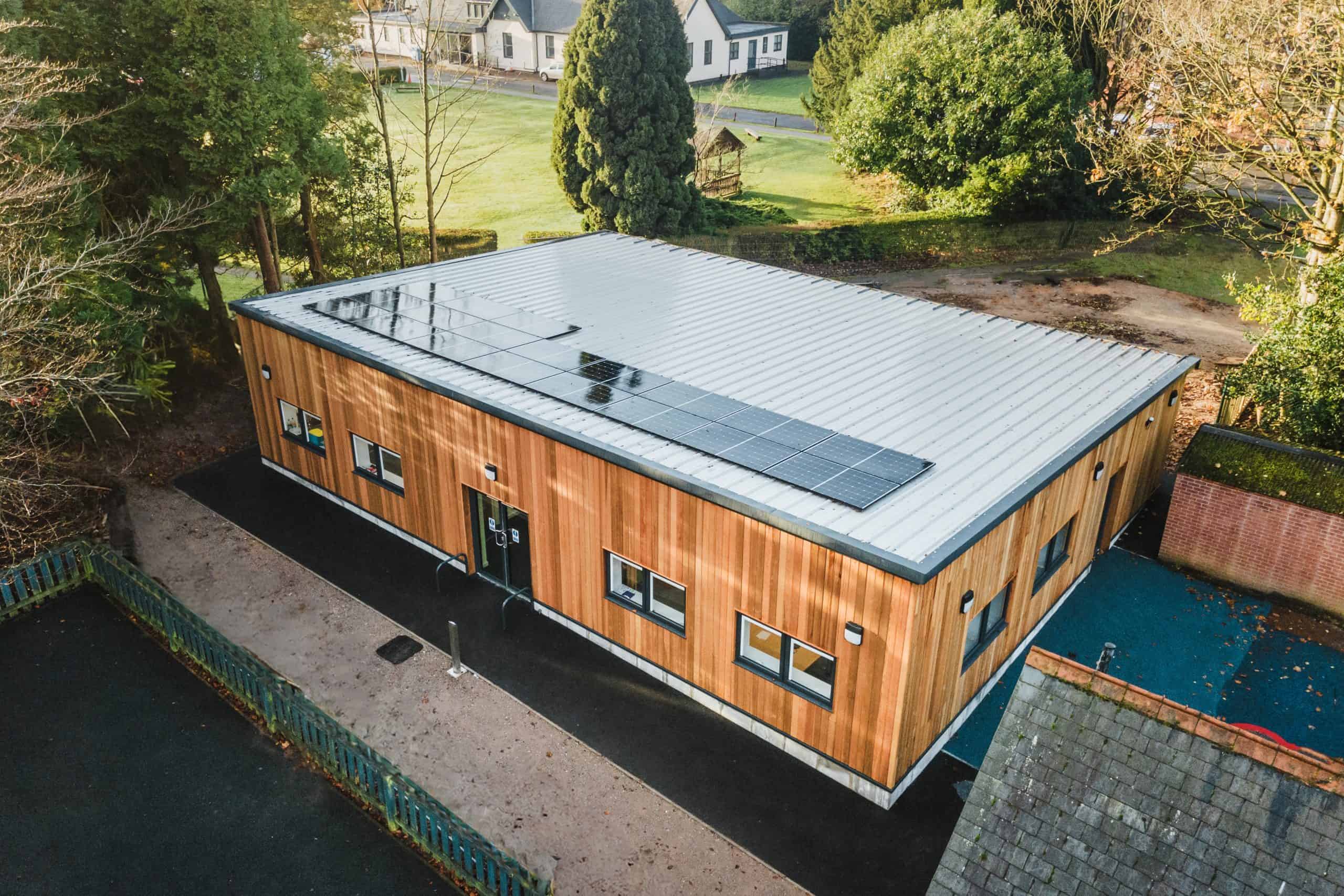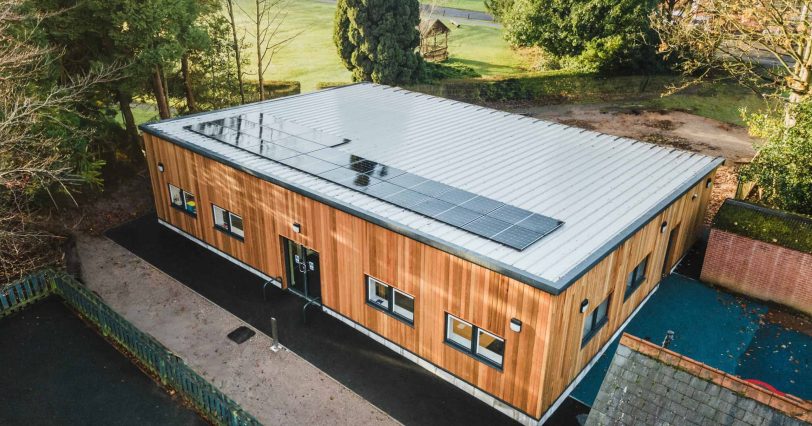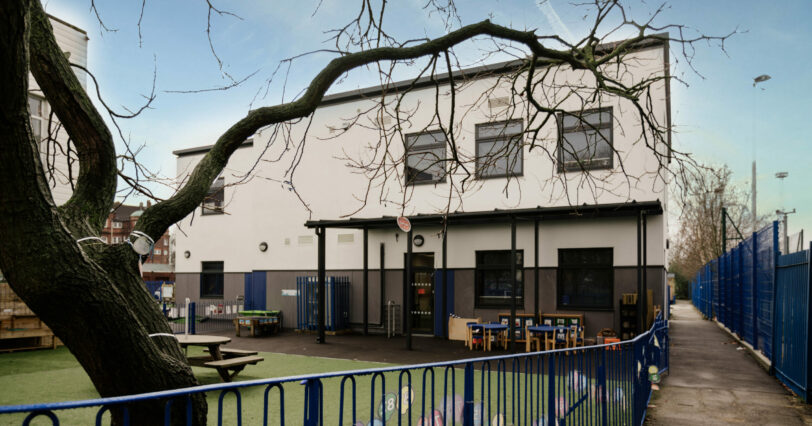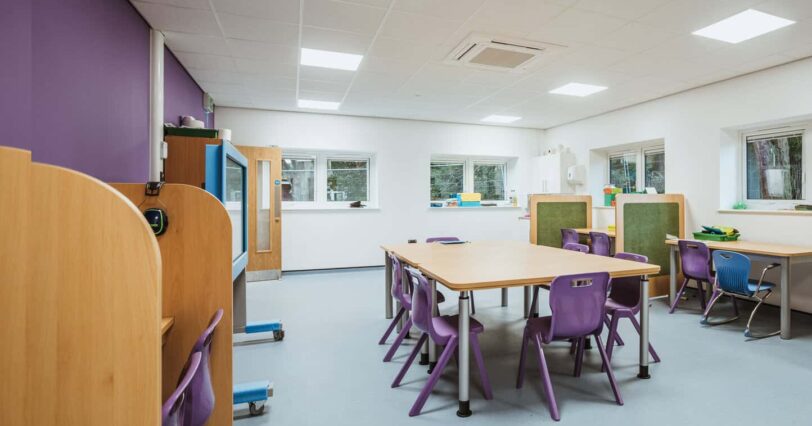Every SEND school counts when it comes to greener learning
The number of people with special educational needs and disabilities (SEND) is increasing, with more and more pupils needing tailored learning support – and a school environment that can provide this.
In March 2024, the government committed to delivering 60,000 places for individuals with specific needs, to ensure that every child can receive the education they need to succeed in later life. However, with councils forecasting a shortfall in the budgets allocated for supporting children requiring SEND provision, how can meeting these needs be balanced with other challenges, such as the ambitious goal for all schools to reach net zero by 2030?
Catering for complex needs
In addition to a growing population of students with SEND, the number of those with social, emotional and mental health difficulties (SEMH) is also on the rise. Both demographics require different kinds of educational support, and no two children’s experiences are the same. As such, there is an opportunity to develop more flexible and nurturing learning environments that can accommodate different people.
Achieving this is not without challenge though; catering for different kinds of support and teaching styles can be complex and come at a high financial cost. If greener, more agile facilities are to work for schools and students, a cost-efficient, net zero building solution is the best way forward.
Maximising budgets with sustainability
As the gap increases between SEND schools’ needs and the budgets available, offsite construction offers a solution that affords cost-certainty and prioritises net zero. Providing an environment that reflects the needs of students, long-term rental buildings can be funded by a school’s OpEx budget, rather than its CapEx budget, allowing greater financial flexibility. These types of buildings are also designed with lean, clean and green technologies to reduce energy demand, exploit local energy sources and produce renewable energy on site.
Such efficiency reduces the costs of running a new building. For example, the facility we delivered for Hart School in Staffordshire is an A+ energy efficiency rated-building which could help the school to save up to £11,500 per year on its energy bills.
Not only can these types of technologies be designed into buildings, but offsite construction presents a more sustainable solution through its low-emission processes. Factory-based building naturally reduces the number of transport emissions as fewer materials and resources need to be taken to site. Manufacturing the building in a controlled factory environment using lean manufacturing methods also means that waste is significantly lessened; at Net Zero Buildings, we ensure zero waste goes to landfill.
Cutting out disruptions to learning
With the time and budget-based challenges schools must juggle, the flexibility offsite construction offers is a refreshing answer to increasing SEND provision quickly, sustainably and with limited disturbance to learning activities. The factory-based manufacture of building components can limit a building’s installation and completion to a matter of weeks – reducing the presence of equipment, noise pollution and hazardous matters, such as silica dust, on the school site.
This is ideal when creating new SEND or SEMH environments, with offsite building activities less likely to disrupt routines or overwhelm students.

Investing in the next generation
The quality of an education environment directly correlates to improved learning outcomes for young people. When it comes to students with SEND or SEMH, this is even more important to ensure individuals can reach their full potential in school without limitations.
Educating the next generation must balance a contribution to net zero and the provision of top-quality environments for all students. This is a priority for all education providers and with offsite construction, pupils can benefit from sustainable spaces that reflect their needs both now, and for years to come.
Find out more about how we could support your provision of SEND or SEMH needs with Net Zero Buildings.







